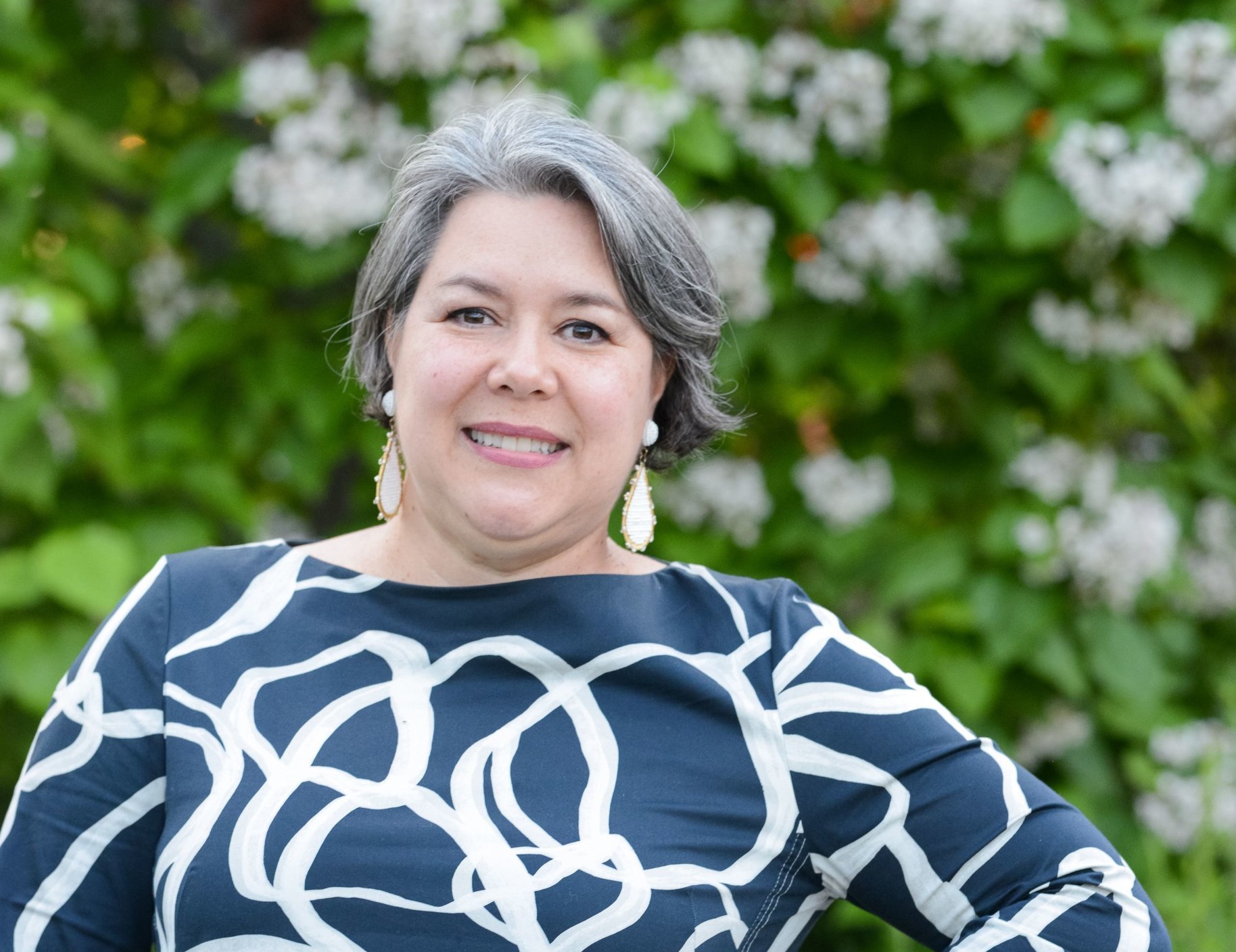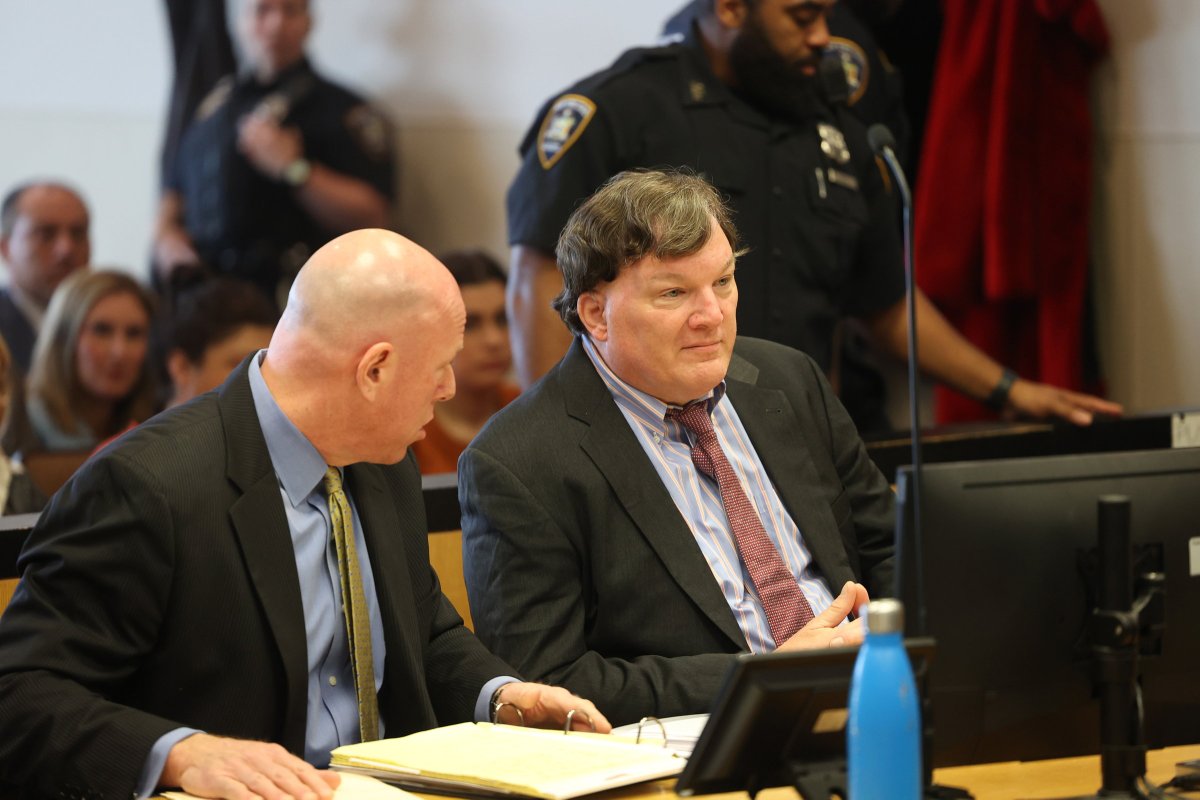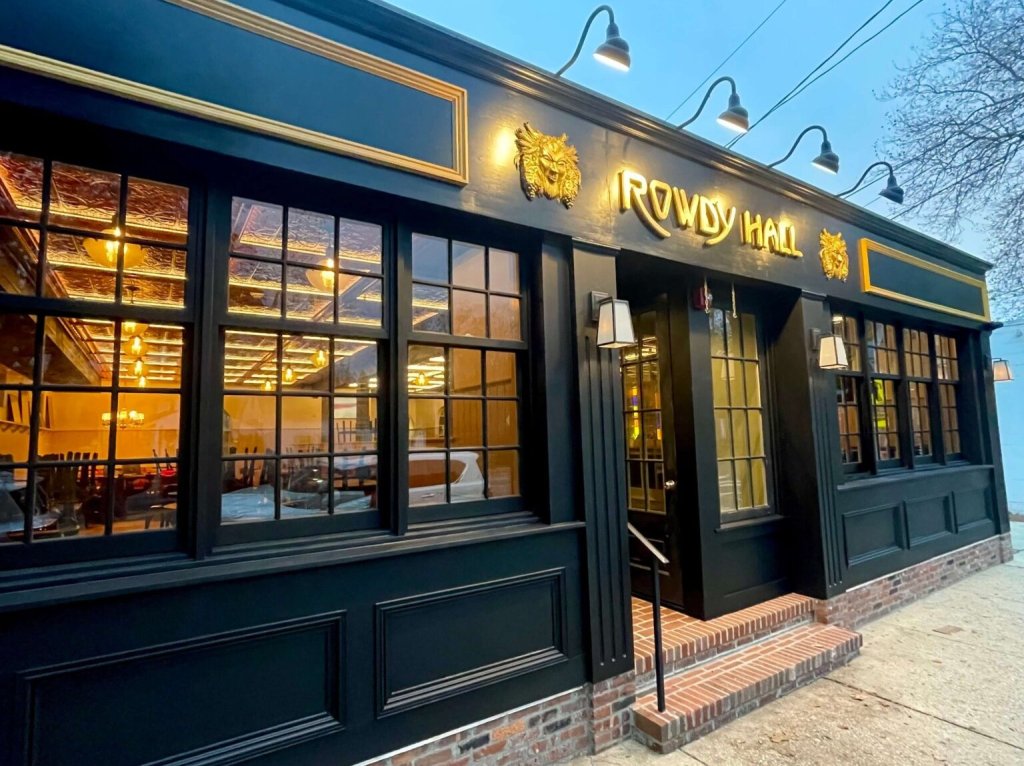Get to Know Monica Ramirez-Montagut: Leader of Parrish Art Museum

Mónica Ramírez-Montagut has a vision, which is that all visitors to the Parrish Art Museum feel comfortable enough to stay and sit awhile.
When the Parrish changed the use of its lobby area, they did it with an eye to encouraging visitors to see the Water Mill museum in a whole new light. It now includes spaces to sit and read a book, to create your own art or just to get to know your fellow visitors.
“We want to provide many points of access to the content on view,” says Ramírez-Montagut, who is an architect by training and a curator by passion. “You can become immersed in an exhibit, see artists in dialogue, read our collection of art history books, learn data about the work and see our large map of Long Island that shows where all our local artists lived or are living.”
The map and other tools are a way to further engage all visitors and enhance their visit experience. She also hopes that people will look at the role of a curator differently.
“I wrote my Ph.D. dissertation about Belgian conceptual artist Marcel Broodthaers,” says Ramirez-Montagut, whose masters work was in the theory and history of architecture. “I was fascinated that he critically understood the Modern Museum. That is when I realized that the work of a curator is what excites me. A curator has a deep and broad understanding of both the history of art and also the new trends in art. We explore both and look at future, critical issues that must be discussed in the public sphere.”
She explained that when an artist creates, she or he is attempting to communicate a concept, an idea, a concern through their work.
“A curator is a talent scout,” Ramírez-Montagut explains. “We’re offering artists the platform they deserve to showcase their talent and their message. We’re always looking at exhibitions and artists in the field. Once we have identified an idea based on cultural relevance, then we make studio visits looking for more depth in those ideas. Finally, we do research to substantiate the idea for an exhibition.”
She says the goal is to present an exhibition with a concept or theme that visitors want to unravel, to discuss.
“There’s a lot of labor behind the scenes,” Ramírez-Montagut says of the process of bringing an exhibition to the public. “What you finally see as an exhibition in a museum may have taken four years of research to bring it to fruition.”
For example, the exhibition catalogue or accompanying publication, which many buy, but not everyone understands its purpose.
“A catalogue can take at least a year to produce,” Ramírez-Montagut explains of the book, yes, book, that contains more than the limited space of the exhibit walls and halls can hold. “A catalogue is of great value, especially for furthering the knowledge of the field and the deep study of the art on display.”
She added that the beauty of a catalogue is that five or 10 years later, you can pick it up and still learn a great deal.
“What is in the catalogue is evergreen,” Ramírez-Montagut advises. “It has a long shelf life. You can re-engage with the catalogue, its knowledge, its beauty, on your own schedule. Think of the catalogue like your fridge. There’s a lot of food in it, but you don’t eat it all at once. Depends on what you’re hungry for. The catalogue is the same way. How much do you wish to learn immediately, in two weeks or two years? It is not a magazine. It is a book of scholarly content.”
It also offers visitors to the museum an opportunity to learn more about the artists, what they were thinking, where they were living and how that location affected their work.
“Many people may not know about the artist colonies in the Hamptons, on the East End and across Long Island,” says Ramírez-Montagut, who refers back to the lobby map. “I think Long Islanders appreciate our local artists, yet there is a lot more to learn about them. You don’t have to know everything about an artist to appreciate their art. Art is an academic discipline, but that is not the only lens through which to view and enjoy it.
“Some piece or exhibit may make you say, ‘Oh, wow, I get it,’” she continues. “Others, you may find it inspiring, but don’t see exactly where the artist is leading. That’s why we offer different entry points, but nothing can duplicate the process of standing in front of a piece of art, studying it, allowing it to speak to you.”
She explained that Long Island is artistically relevant, not just to New York, but to the United States and around the world.
“Many artists came to this area for the light, the landscape — and the community,” says Ramírez-Montagut, who now calls Sag Harbor home. “They supported each other. Similarly, we want to replicate that community spirit here and honor that legacy. We want the museum to feel accessible, like this is your public living room. I see people coming in to read a book, to make a collage. I love it when the space is full of people. It is a safe place to experience art, meet people and build a new art community.”
The Parrish, which just celebrated its 125th anniversary with a yearlong exhibit that included 41 artists with deep roots in the East End, previously was in downtown Southampton. It was founded by Samuel Longstreth Parrish (1849-1932). Parrish began collecting art seriously in the early 1880s, just after moving his law practice from Philadelphia to New York, often visiting the family home in Southampton. He decided to build a museum in Southampton in 1896 to house his rapidly growing collection of Italian Renaissance art and reproductions of classical Greek and Roman statuary.
Completed in 1897, it opened to the public in 1898 as the Art Museum of Southampton. An annex was added in 1902 and a concert hall in 1905. In 2005, the museum purchased 14 acres in Water Mill. They broke ground in 2010, with the building opening to the public in November 2012.
Find out more about the Parrish Art Museum at parrishart.org.
Todd Shapiro is an award-winning publicist and associate publisher of Dan’s Papers.



